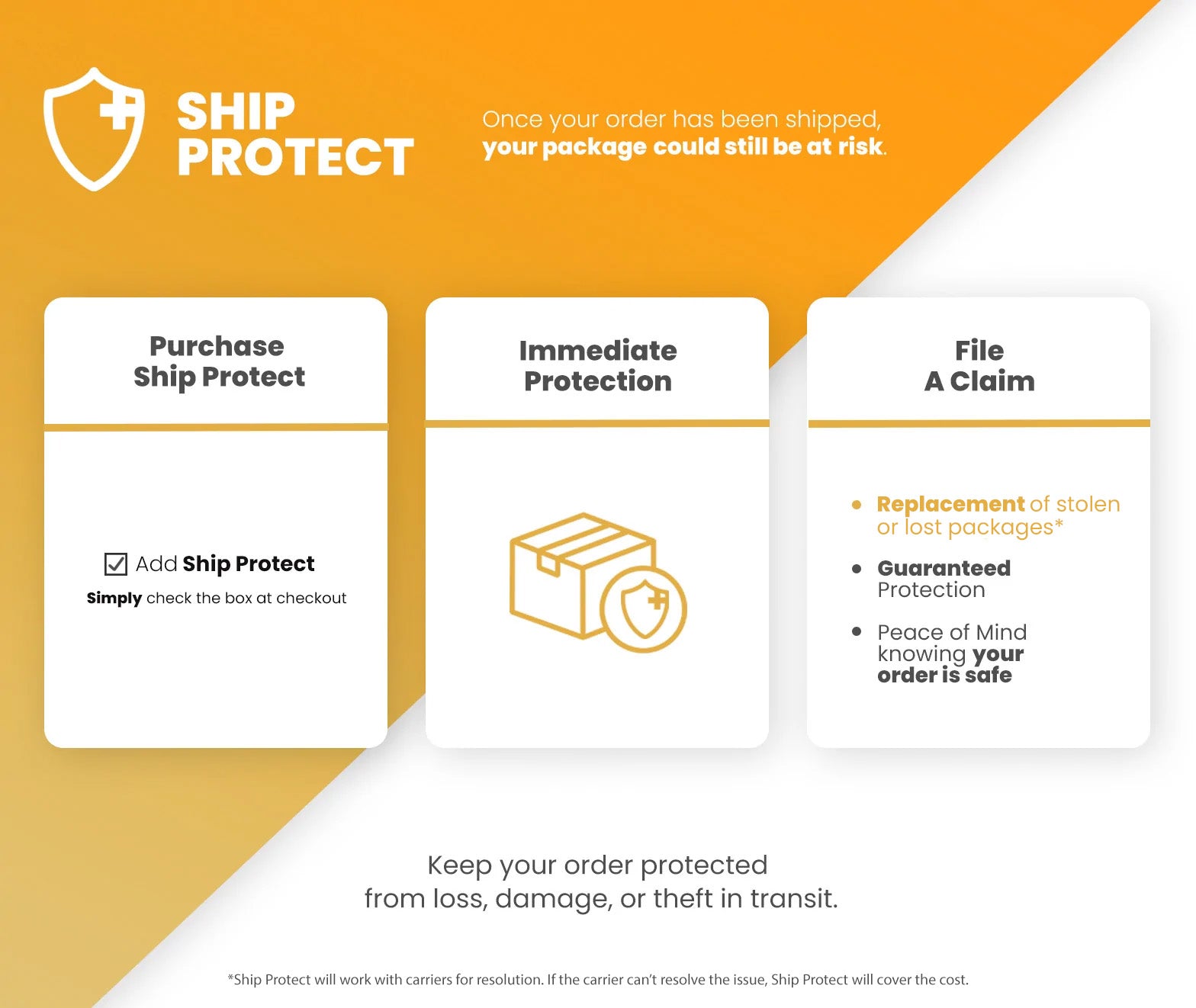IFAKs for Abroad - Everything Your First Aid Kit Needs
Traveling internationally is an exciting adventure, even if it’s for work. However, preparing for emergencies abroad is not only crucial, it’s responsible. I’m not just talking about keeping track of your passport and planning the safest routes, though. Today, we’ll specifically be talking about medical emergencies and how to prepare yourself for the possibility.
Preparing for Medical Emergencies
Life happens. And if it just so happens during your once-in-a-lifetime trip, you need to make sure it doesn’t turn into the end of the world. So, before you start globe-trotting, make sure you’ve done the following things!
Have a First Aid Kit
Well, would you look at that? A first aid kit is at the top of the list! Having a first aid kit is one of the smartest decisions you can make both at home and abroad. Even if you never have to use it once in your life (which is highly unlikely), it’s better to be prepared than to be left with wishes and regrets. Also, make sure your kit is up to date and has whatever gear you’ll need for your destination. If you use something, replace it. If your trip includes a romp through the desert, consider including sunscreen and aloe vera in your kit.
Research Your Destination

Sure, hiking Machu Picchu may be at the top of your bucket list, but did you know there’s a dozen vaccines you should get before fulfilling your dreams? For Peru, recommended vaccines include typhoid, yellow fever, influenza, pneumonia, and many more. Unless you’re willing to put your health on the line (in which case, why are you here), do the research and make sure you’re physically prepared for your destination.
Get Travel Insurance
If something goes wrong, they’ll help cover the cost of medical care, missed flights, and more! While it may seem like an extra, pricy expense, it may save you thousands of dollars in the long run.
Know Basic First Aid
Even if you have the fanciest, most flushed-out IFAK on the face of the planet, it won’t do much good if you don’t know how to use it. With the proper training, you’ll be able to address minor injuries like sprains and major trauma no matter where you are. If you have no clue what you’re doing, there’s first aid training available both online and in person if you just look for it! And if you’re still nervous, you can pick up a first aid guide so you’ll have an on-the-go reference.
Have Your Medical Information Written Down
If you are rendered unconscious or are otherwise unable to communicate, you can still hand over all your relevant medical information quickly. Things such as your blood type, allergies, relevant surgeries and medications, and emergency contacts should all be included on the paper. Lastly, be sure it’s stored somewhere easily accessible such as your wallet or your bag’s outer pocket.
What Your Travel IFAK Needs

There are two types of equipment that your kit needs: Bare Bone Basics and Mindful Modifications. The Bare Bone Basics are the equipment you need on hand because they save lives. If someone is bleeding out in front of you, you won’t be sitting there desperately wondering what to do. Mindful Modifications are the things that will largely assist in the smaller, more day-to-day injuries.
Bare Bone Basics
Never leave home without these!
- Chest Seals
- Emergency Pressure Bandage
- Hemostatic Gauze
- Space Blanket
- Tourniquet
Mindful Modifications
Just in case something unexpected happens!
- Antibiotic Ointment
-
Bandages

- Blister Tape
- Burn Gel
- CPR Shield
- Gauze
- Gloves
- Ibuprofen
- Saline Wash
- Splint
- Trip Specific Gear
What to Do if a Medical Emergency Occurs
The very first step is don’t panic! If you panic, you won’t be much help to anyone. You’ll make mistakes and forget important steps. If necessary, call the local emergency number (only the US, Canada, and some areas in the Caribbean use 911) while you assess the patient. When you can administer care, do so. Otherwise, if the patient is stable and there isn’t anything you can do, sit with them while you wait for emergency services to arrive.
If you do get hurt badly enough that you think you may need to go to the hospital, just do it! It’s better to take a hit to your wallet than risk your health and possibly pay even more down the road.
What My Medic Kits Can be Taken Abroad?

It completely depends on how you’re traveling! For those traveling by car, grab a MyFAK Individual First Aid Kit and enjoy your travels with the peace of mind knowing you’re a preparedness aficionado! If you’re traveling by air and checking a bag, you can take your MyFAK with you so long as it’s inside your checked luggage.
For those of you who don’t want to fork over the money for a checked bag, the cycle medic is my go to! It’s compact, portable, and still has a good range of equipment. While I haven’t had the opportunity to take it abroad yet, I have taken it through TSA several times without them so much as giving it a glance.
If you pack light and want the smallest thing available to you, grab an Everyday Carry Kit and hit the road! This kit exclusively has trauma gear and will keep you prepared for the worst of the worst no matter where you go! And yes, this is another kit that shouldn’t have a problem going through customs.
To be able to fully relax on your trip, you need to be prepared for possible problems. By following the tips and tricks above, you’ll be more than ready to kick back and relax (unless you’re working, in which case I’m sorry) wherever your adventure takes you!







